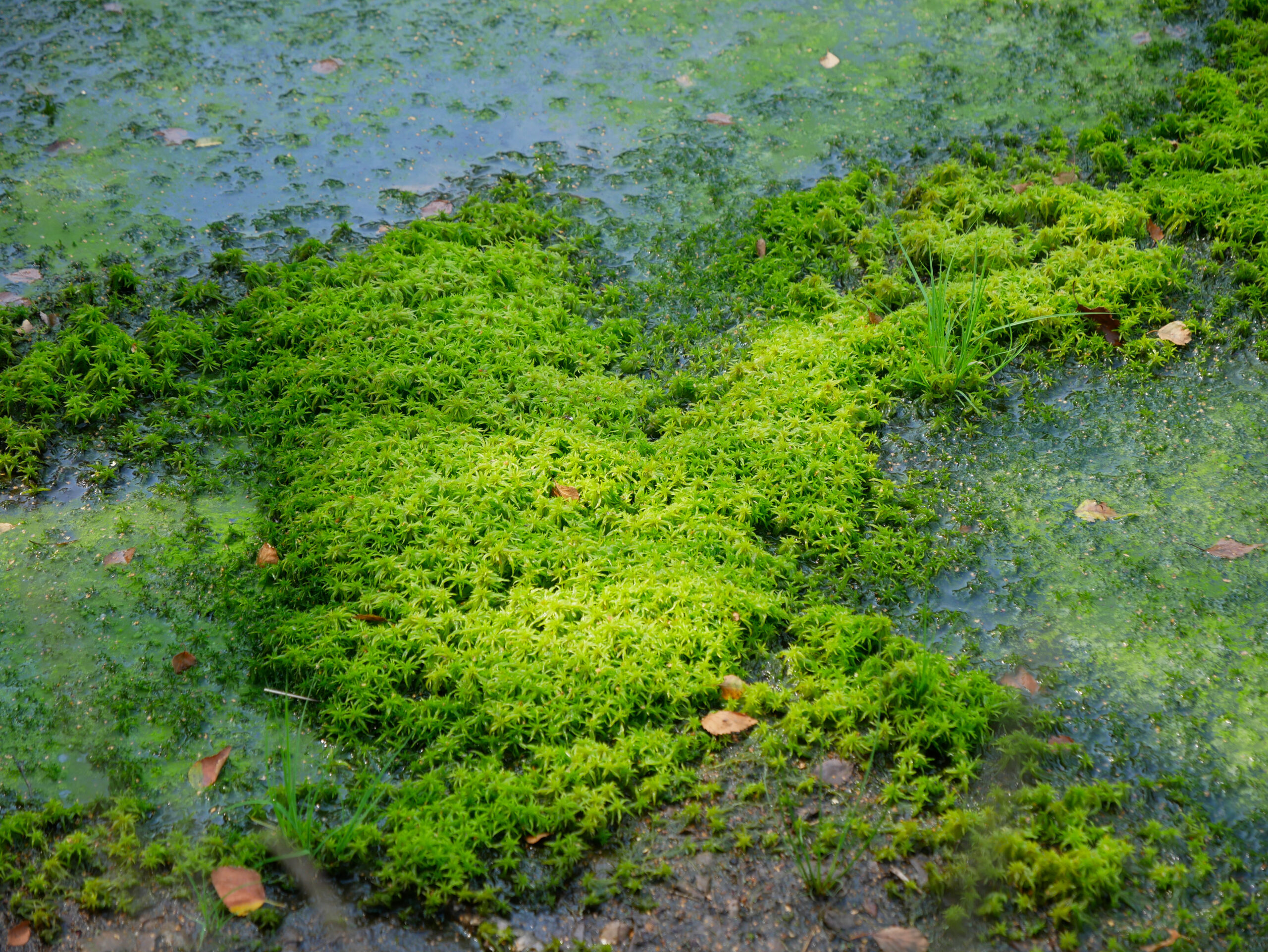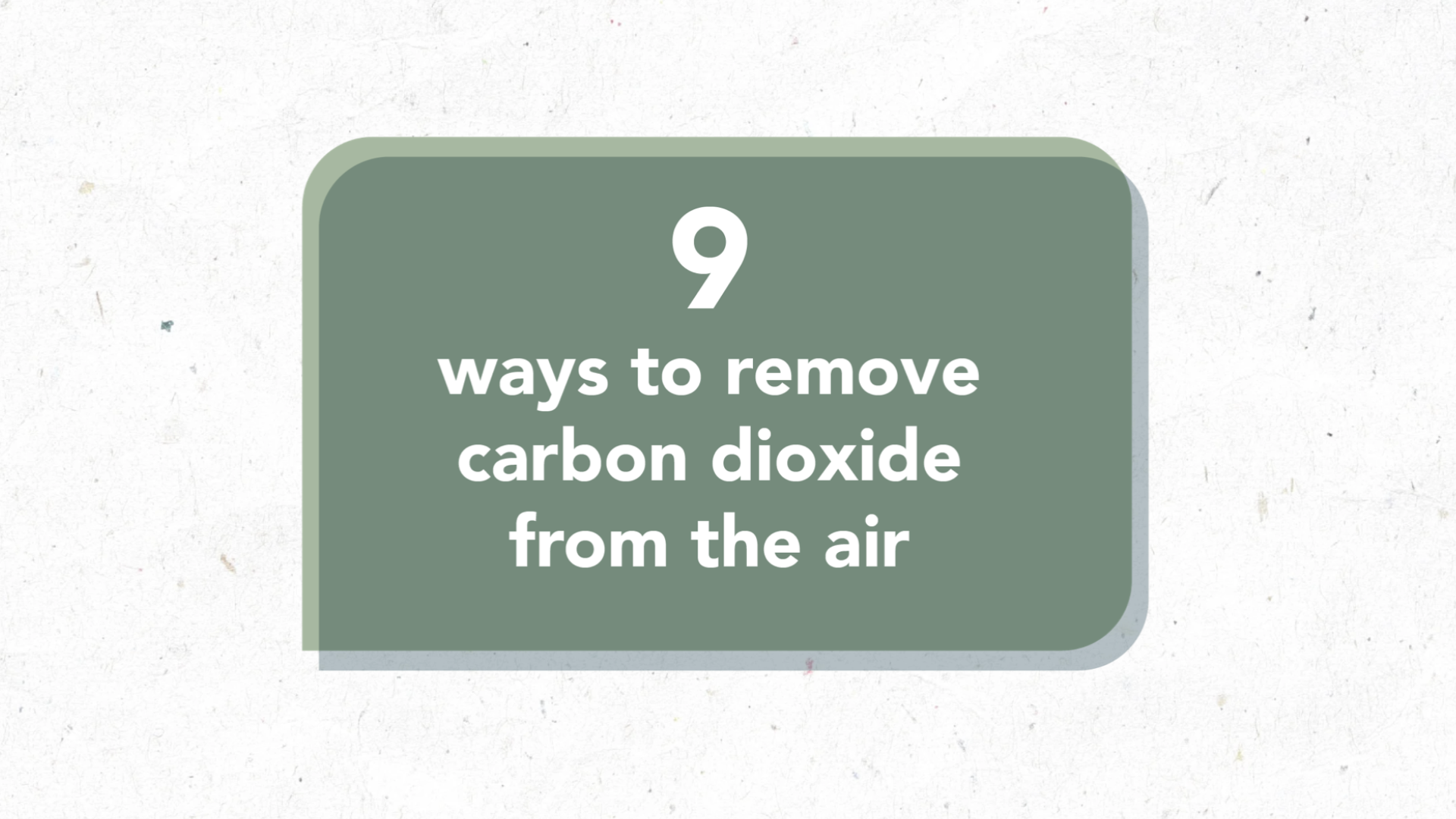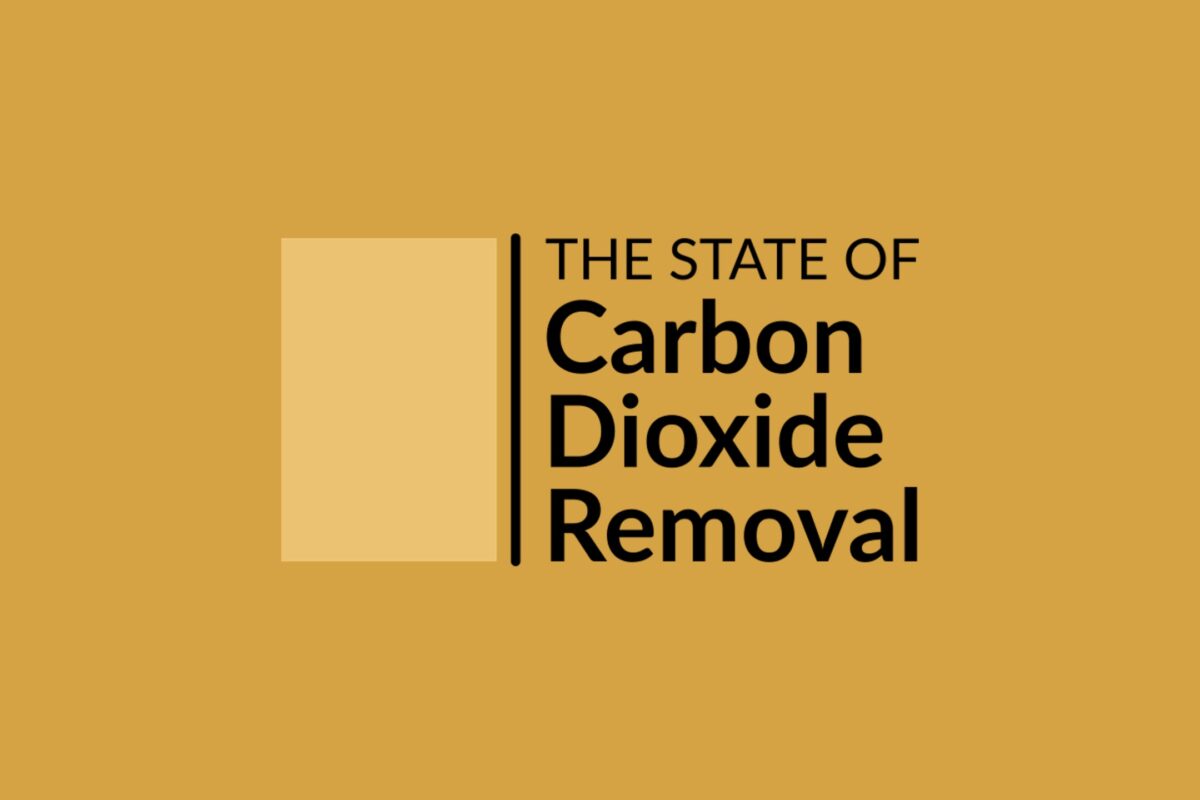By George Hope
In Winter 2022, CO2RE invited applications for new funding to research methane or ocean Greenhouse Gas Removal (GGR). Our Pathfinders Call 2 was an open call seeking to fund UK projects of up to one-year’s duration worth up to £50,000 each, and welcoming applications from the private sector and research organisations. The four winning projects are exciting and innovative, looking at a range of GGR techniques.
Encouraging Sphagnum moss growth in peatland pools to reduce methane emissions
Led by Dr Jonathan Ritson from the University of Manchester, this project is trialing the practice of encouraging Sphagnum moss growth (a type of moss found in many peatlands) in northern peatland pools using two methods: firstly, spreading fragments of Sphagnum into pools to provide multiple sites from which the moss can regrow, and secondly, planting Sphagnum into jute fabric which can be spread over pools and provide a ‘scaffold’ for the Sphagnum to grow up. This will be compared to the current practice of planting around the pool margin.
Floating moss mats trap methane bubbles and increases the concentration of dissolved oxygen in the surrounding water. This creates a habitat where bacteria that feed on methane can thrive, converting the methane into carbon dioxide (a less powerful greenhouse gas). Preliminary work suggests the approach may lead to a 39% reduction in methane emissions from the pools.
Other significant benefits of Sphagnum re-introduction include helping to store more carbon in peat, helping ‘slow the flow’ of water through the peatland, reducing downstream flooding, keeping the peat surface moist to reduce wildfire risk and increasing biodiversity.
Removing atmospheric methane using solar driven catalytic membrane technologies
Led by Dr Zhentao Wu from Aston University and Dr Wei Li from the University of Edinburgh, this project is investigating the removal of methane from the air using catalytic ceramic membranes. Methane traps a lot of heat in the atmosphere per molecule – its warming potential is 84 times more powerful than carbon dioxide for the first 20 years after it is released – making its removal from the atmosphere appealing. However, the removal of methane is very challenging because of its low concentration in the air. This means there is a potentially very high energy cost to process sufficient air to remove meaningful quantities of methane.
This project is developing an innovative catalytic ceramic membrane. This transparent membrane, distinguished by its unique pore structure, is designed to amplify the interactions between sunlight, catalyst, and methane. It is hoped this material, will oxidise low concentration methane, removing it from the air.
There is potential for this technology to be used at a large-scale while remaining low-carbon by combining it with solar updraft technologies (which use solar energy to create constant air movement). If successful this solar driven process, based on membrane innovations may also be combined with other methane removal technologies, or could potentially be used for removing other non-CO2 greenhouse gasses which exist at low concentrations in the atmosphere.
Developing efficient pre-treatment of seawater for process that removes CO2
Led by Dr Paul Halloran from the University of Exeter, this project is developing a low carbon seawater pre-treatment process to remove magnesium and calcium from seawater before it is used in an experimental GGR project known as SeaCURE. The project aims to remove carbon dioxide from seawater at large scales.
Seawater contains high levels of CO2 compared to air, meaning removal of carbon from 1m3 of seawater is equivalent to processing around 150m3 of air. When dissolved, by dropping the pH of seawater, carbon is removed from seawater; it is naturally replaced by ‘sucking’ CO2 from the atmosphere, lowering atmospheric CO2 concentrations. This makes it a promising way of removing atmospheric carbon dioxide.
The SeaCURE team is designing and building a pilot CO2 removal plant to demonstrate atmospheric CO2 removal via seawater, and purification of that CO2 for storage in underground rock formations. However, the process would be inefficient if there are significant concentrations of calcium and magnesium in the seawater as solid minerals can form on the membranes used in the process which destroys them. This Pathfinders project will overcome this limitation, making the technique more efficient in terms of removal capacity as well as energy and other resource use.
Most techniques which can remove calcium and magnesium from seawater are resource intensive. However, this project aims to develop a pre-treatment technique that is lower cost and scalable, cleaning the seawater before using it in the carbon dioxide removal process.
Modelling mineral particle transport and dissolution in the ocean for Ocean Alkalinity Enhancement (OAE)
Led by Dr Rachel White from Port and Coastal Solutions, this project is investigating patterns of mineral and water dispersion in the oceans to address a knowledge gap that is critical for assessing the effectiveness of Ocean Alkalinity Enhancement (OAE).
OAE involves adding alkaline substances to the ocean to accelerate the natural carbon sink that results from the weathering of alkaline rocks. This additional alkalinity would convert dissolved carbon dioxide (CO2) in seawater into bicarbonates and carbonates – forms of carbon that will remain stable for thousands of years. The resulting CO2 reduction in the surface waters would then be rebalanced to re-establish equilibrium via a net movement of atmospheric CO2 into the ocean.
Drawdown of atmospheric CO2 requires the alkalinised water remains in the surface layer of the ocean which has contact with air, driving the process. In determining how effective OAE might be in removing atmospheric CO2, two key uncertainties remain: the movement of dissolving mineral particles and of alkalinised seawater in the key surface layer of the ocean.
This project investigates ways of modelling this using different mathematical approaches to determine the distribution in space and time of the alkalinity released by dissolving particles, and its interaction with the changing ocean surface layer. Numerical models are routinely used to investigate the dynamics of the ocean mixed layer, but the transport and dissolution of mineral particles is a new problem.
Keep an eye out for the next round of funding opportunities: https://co2re.org/community/funding/
Image: Aquatic sphagnum moss





